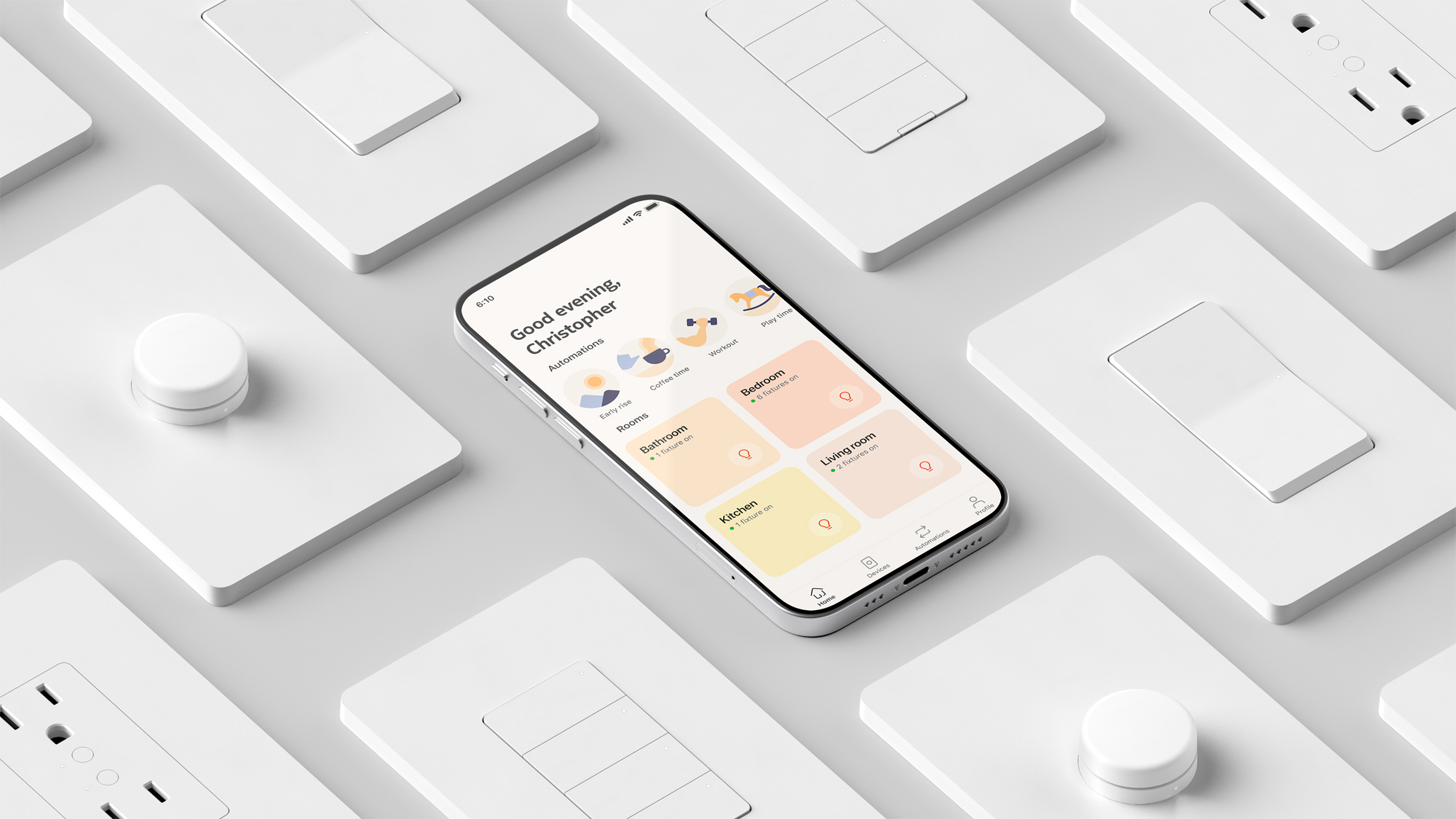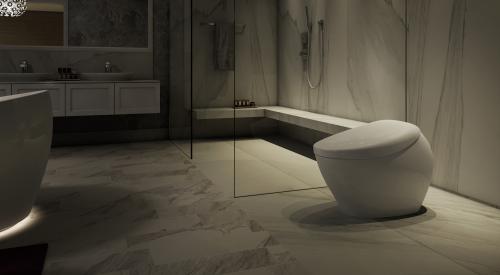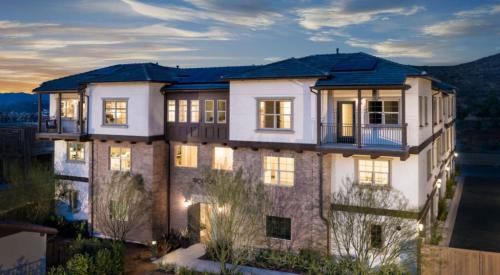Nokia and Smartlabs joined forces to bring smart lighting “to the masses,” says Smartlabs Chairman and CEO Rob Lilleness, by offering residential professionals a cost-effective, easy to install, and well-designed lighting system that addresses common headaches associated with smart lighting.
Nokia Smart Lighting offers builders and remodelers a universally capable family of lighting products, meaning the switches and outlets work with any bulb type, fixture (dimmable or on-off), wiring, and configuration (single or multi-pull).
READ MORE: 15 SMART HOME PRODUCTS MILLENNIAL HOMEBUYERS ACTUALLY WANT
The family of products includes an outlet, lighting paddle, dial, keypad, and bridge that can be installed by the residential pro and used as normal devices, leaving the decision for smart tech up to the homeowner, who could then purchase the bridge that connects to the router and turn the devices smart. The system offers the same functionality as others: lighting scenes, smartphone control, voice control, and lighting control schedules.
Devices can work together even if a homeowner chooses not to purchase the bridge. A small button at the bottom of the paddle or keypad allows for two switches to pair together.
The Smartlabs CEO says that the duo identified three overarching frustrations plaguing builders and remodelers that the Nokia system aims to address: reliability, complexity, and cost.
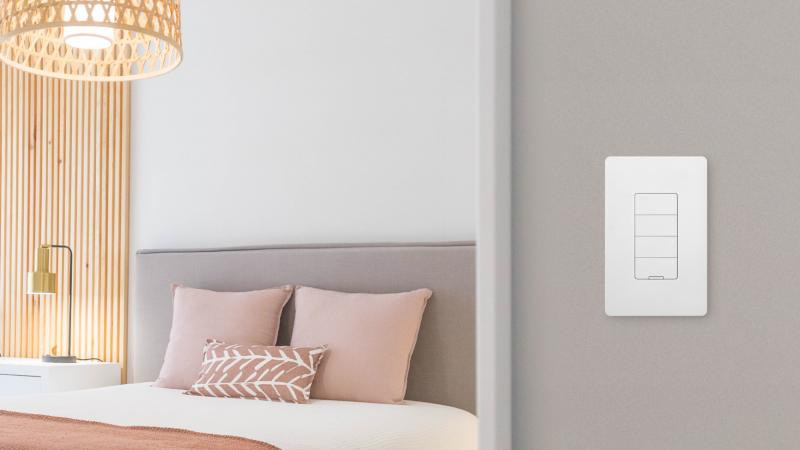
The Smart Lighting Keypad can be programmed to control up to four lights, scenes, or rooms
“What we’ve consistently heard from builders is that the end-consumer wants to have a smart home,” says Lilleness. “[Pros have] been waiting for a rock-solid smart lighting system that allows them to deliver the home without learning new configurations, without learning new installs, and then sign off and allow the user to go smart, and that’s what we deliver for a phenomenal price point.”
Lilleness further explains that builders can find comfort knowing that the smart tech decision lies with the homeowner because it takes the warranty calls and hassles out of the builder’s hands.
Reliability
Instead of operating strictly on Wi-Fi, the Nokia Smart Lighting system works through a dual-mesh network.
This means it’s powered through a home’s existing wires and radio frequency, combatting common reliability issues such as dead zones and network saturation that might cause issues with Wi-Fi-powered lighting systems. Systems that work through Bluetooth are also subject to range issues, limiting how far the lights can be controlled throughout the home. A dual-mesh network takes care of these troubles.
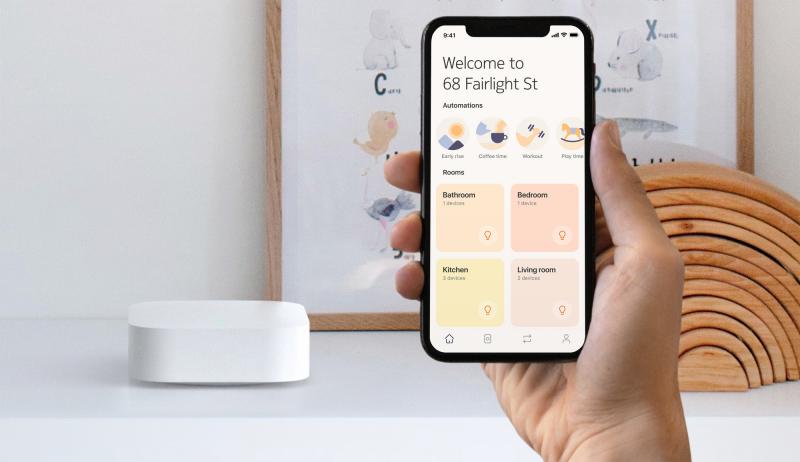
The bridge and phone app
Complexity
Because the products work with existing wiring and install like a normal switch, residential pros will have a faster and less complex install. Load, line, neutral, and ground wires are also labeled on the back of the outlets and switches to make it that much easier, Lilleness notes.
And since the switches work with any light, builders only need one SKU per product. Lilleness says other lighting systems, such as Lutron, have dozens of different SKUs for each type of lighting.
READ MORE: ORRO INTRODUCES NEW LIGHT CONTROL SWITCH WITH ALEXA
Cost
Nokia Smart Lighting dials, outlets, and paddles are available for $54.99, while the keypad goes for $59.99, and the bridge is priced at $39.99.
Lilleness says that on average, there are 20 to 30 switches in a single-family home and the costs add up, making other systems unreasonable for more affordably priced homes. And the price difference could allow a residential pro to install more units.
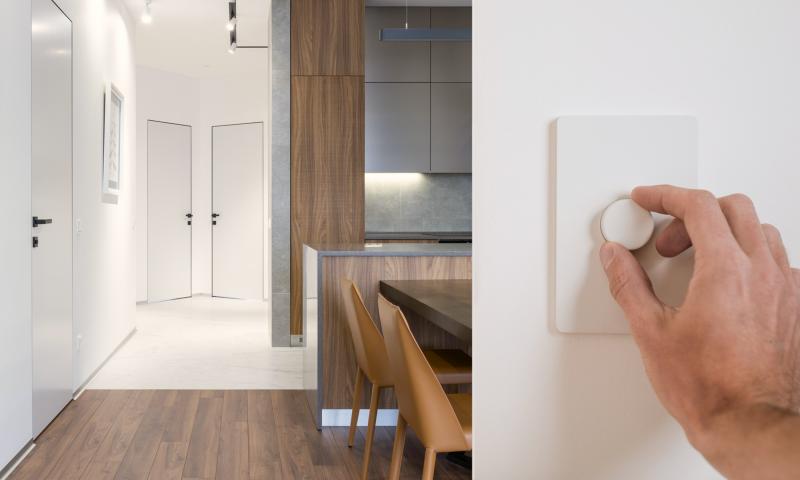
Design
Clean and modern were two main priorities when it came to the design of the switches and outlets.
The faceplates of each product are entirely screw-less, offering an unobstructed, clean design. And Lilleness noted that many consumers are moving away from shiny plastic, so the Smartlabs and Nokia teams opted for a soft-touch matte finish but maintained the familiar, unobtrusive styles that homeowners know well.
All Nokia Smart Lighting products are available now for pre-order with shipments beginning in late September.
